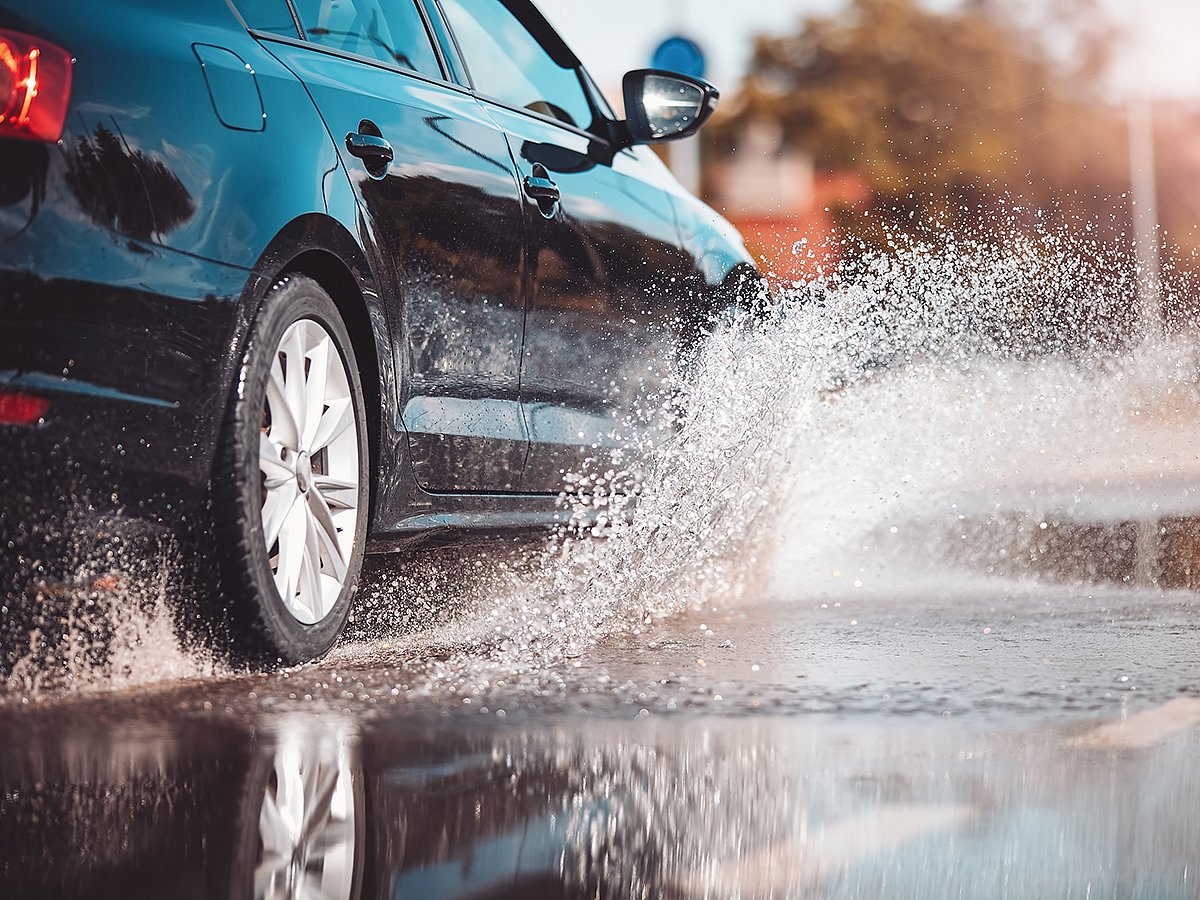Essential Car Care Tips for Rainy Driving in the UAE
Rainfall in the UAE can be a rare occurrence, but when it happens, it poses unique challenges for drivers. Sudden downpours can lead to slick roads and flash floods, making even familiar routes hazardous. With recent weather advisories from Dubai Police urging caution, it’s crucial for motorists to prepare for wet conditions. Here are some essential tips to ensure both safety and vehicle maintenance during the rainy season.
Importance of Tyre Maintenance
Tyres are the only contact point between your vehicle and the road, making their condition vital for safety, especially in wet weather. It is recommended that tread depth should not fall below 3mm, as worn tyres significantly increase the risk of hydroplaning. Hydroplaning occurs when a layer of water lifts the tyre off the road surface, leading to a loss of control. Regularly checking tyre pressure is also essential; underinflated tyres can hinder water clearance, while overinflated tyres reduce grip. For those using summer or budget tyres, consider switching to all-season or wet-weather tyres with deeper grooves to enhance traction during rain.
Utilizing Modern Safety Features
Modern vehicles come equipped with advanced safety technologies such as Anti-lock Braking Systems (ABS), traction control, and stability systems. While these features can help maintain control, they are not substitutes for good driving practices. When braking in wet conditions, apply firm and steady pressure instead of pumping the brake pedal, which can interfere with ABS functionality. If you find yourself hydroplaning, ease off the accelerator, keep the steering wheel straight, and wait for grip to return. Maintaining a greater following distance is also advisable to allow for longer stopping distances on wet roads.
Enhancing Visibility
Heavy rain can severely reduce visibility, making it essential to ensure your vehicle’s visibility systems are in top condition. Wiper blades should be replaced every six to eight months, particularly in the UAE’s heat, which can degrade rubber. Consider applying rain-repellent treatments to your windshield and mirrors to help water bead off. Always keep your headlights clean and use low-beam headlights during rain to avoid glare. Inside the vehicle, use air conditioning or defog modes to manage fogging on windows.
Navigating Flooded Roads
Flooded roads present one of the most significant dangers after rain. Avoid driving through water that is deeper than half your tyre height, as even larger vehicles can suffer water damage. When crossing shallow puddles, do so slowly to minimize the risk of water entering the engine’s air intake or exhaust. If your vehicle stalls in water, do not attempt to restart it, as this could lead to hydrolock, which can cause severe engine damage.
Preventing Water Damage
Water can infiltrate the cabin through door and window seals, leading to corrosion and mould growth. Remove wet mats immediately and consider using moisture-absorbing pouches to reduce humidity. For owners of luxury or electric vehicles, it’s important to inspect electronics for any signs of dampness, as water exposure can lead to costly repairs. After the rain, perform a quick inspection of your vehicle, including rinsing off mud and grit from the underbody and ensuring that brakes function properly at low speeds.
Conclusion
Driving in rainy conditions in the UAE requires preparation and awareness. By maintaining your vehicle, understanding its limits, and employing safe driving practices, you can navigate wet roads more effectively. Taking a few moments for preventive care can save you money and, more importantly, protect your safety and that of others on the road.
FAQs
What should I do if my car starts to hydroplane?
If you experience hydroplaning, ease off the accelerator, keep the steering wheel straight, and wait for your tyres to regain traction before steering or braking.
How often should I check my tyre tread depth?
You should check your tyre tread depth regularly, ideally every month, and replace tyres when the tread depth falls below 3mm to ensure optimal performance in wet conditions.
What are the best practices for driving in heavy rain?
To drive safely in heavy rain, reduce your speed, increase your following distance, use low-beam headlights, and avoid sudden movements with the steering wheel or brakes.
Also Read:
Heavy Rainfall in Al Dhafra and Al Ain: Safety Alerts Issued





